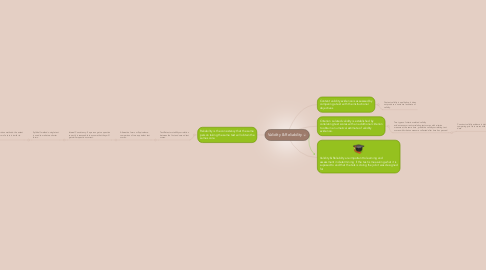Validity & Reliability
by Patricia Goldberg


1. Content validity evidence is assesssed by comparing a test with the instructional objectives
1.1. Content validity is qualitative, it does not produce a numerical estimate of validity.
2. Criterion -related validity is established by correlating test scores with an additional criterion to obtain a numerical estimate of validity evidence.
2.1. Two types of criterion-related validity evidence:concurrent-correlating test scores with criterion measure at the same time, predictive validity-correlating test scores with criterion measure collected after time has passed.
2.1.1. Construct validity evidence is determined by comparing prior test scores with current data.
3. Reliability is the consistency that the same person taking the same test will obtain the same score.
3.1. Test-Retest or stability-corrolation between the first and second test scores.
3.1.1. Alternative forms or Equivalence- comparison of two equivalant test scores.
3.1.1.1. Internal Consistancy- If a person gets a question correct it is reasonable to assume that they will get similar questions correct.
3.1.1.1.1. Split-half methods- single test is used to make two shorter forms.
